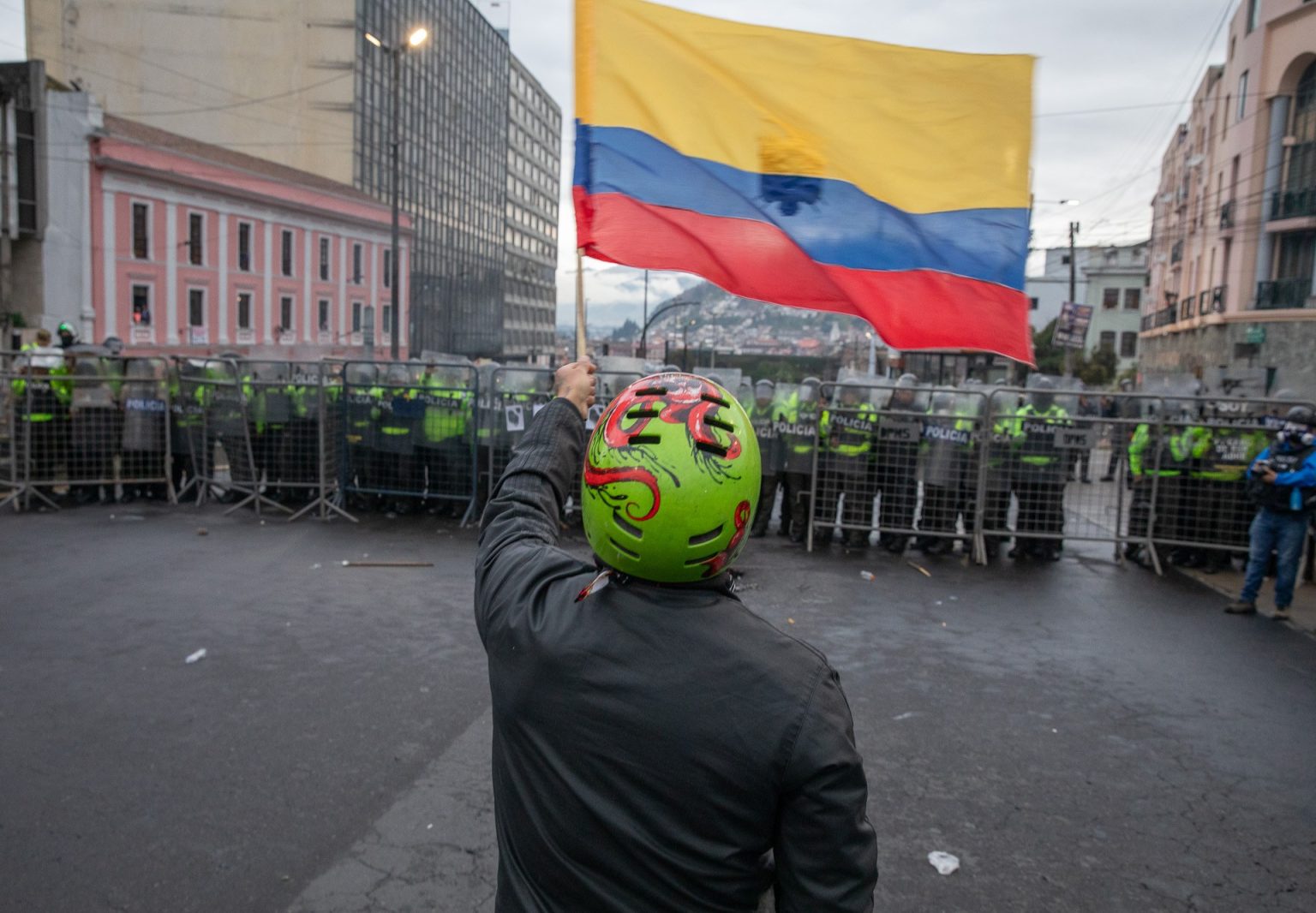Ecuador’s persistent drought, a recurring challenge exacerbated by a confluence of factors, has plunged the nation into an energy crisis marked by rolling blackouts and public outcry. Decades of warnings from experts urging diversification and investment in renewable energy sources like solar and wind, as well as bolstering existing thermoelectric plants, have gone largely unheeded. The crux of the issue, according to energy consultant Jorge Luis Hidalgo, lies in Ecuador’s heavily subsidized energy sector. With electricity prices among the lowest in the region, hovering around $0.10 per kilowatt-hour, the government has inadvertently disincentivized private investment in alternative energy infrastructure. This dependence on subsidized hydroelectric power, which accounts for 70% of the nation’s energy production, has left Ecuador vulnerable to the vagaries of climate and rainfall patterns. The drought has severely curtailed hydroelectric output, exposing the fragility of the system and its inability to meet the growing energy demands of a burgeoning population.
The resulting energy deficit, estimated to fluctuate between 1,000 and 1,400 megawatts, represents a significant shortfall considering Ecuador’s total production capacity of around 8,864 megawatts in 2022. This deficit, exceeding one-tenth of the nation’s energy needs, has translated into widespread power cuts, impacting homes, businesses, and essential services. The blackouts have ignited public frustration and fueled protests against President Guillermo Lasso’s administration. Demonstrators took to the streets, even marching on the presidential palace in Quito, voicing their discontent with the lack of electricity and the perceived government inaction. The political ramifications are particularly acute for President Lasso, who faces re-election in 2025, as the energy crisis threatens to erode public confidence and undermine his political standing. The protests underscore the precarious position of the government, highlighting the urgency of addressing the energy shortage and its cascading social and economic consequences.
In response to the mounting pressure, President Lasso has taken a series of measures aimed at mitigating the crisis and restoring power supply. Recognizing the need to bolster existing infrastructure, the government has invested $700 million in the maintenance of aging thermoelectric plants, which serve as a backup to the hydroelectric system during periods of low rainfall. These plants, though crucial for bridging the energy gap, represent a short-term solution and do not address the underlying need for long-term sustainable energy sources. Furthermore, recognizing the immediate need to bridge the energy deficit, President Lasso secured an agreement with Colombia to resume electricity imports. This agreement, following an earlier suspension of electricity exports by Colombia due to its own drought-related challenges, provides a critical source of external power.
To further supplement the energy supply, the government has deployed a floating thermoelectric plant from Turkey with a capacity of 100 megawatts and procured 23 power generators contributing an additional 80 megawatts. While these interventions offer temporary relief, they highlight the reactive nature of the government’s approach, rather than a proactive strategy of investing in sustainable, long-term energy solutions. Recognizing the need for revenue generation and equitable distribution of resources, President Lasso also eliminated an energy subsidy for mining companies, arguing that such subsidies should be directed towards those most in need. This move, while potentially controversial, reflects the government’s attempt to prioritize social welfare and ensure resources are allocated efficiently.
Despite these measures, the impact of the energy crisis continues to reverberate through Ecuadorian society, particularly for vulnerable families already struggling with economic hardship. The story of Carlos Samueza, a laid-off father forced into precarious gig work, exemplifies the hardships faced by many. With his wife as the sole breadwinner, Samueza grapples with reduced income and the uncertainty of finding stable employment. The power cuts have further disrupted daily life, adding to the stress and anxiety of making ends meet. The holiday season, typically a time of celebration, is overshadowed by financial constraints and the looming threat of continued power outages. Samueza’s frustration with the government’s handling of the crisis reflects the broader public sentiment of disappointment and a desire for more effective solutions.
The Ecuadorian energy crisis serves as a stark reminder of the interconnectedness of energy policy, economic stability, and social well-being. The government’s reliance on subsidized hydroelectric power, coupled with a lack of investment in diversified energy sources, has left the nation vulnerable to climate variability and escalating energy demands. The rolling blackouts have not only disrupted daily life but also fueled social unrest, posing a significant challenge to the government’s political stability. While the short-term measures implemented by President Lasso offer temporary relief, they underscore the urgent need for a long-term energy strategy that prioritizes sustainable and resilient energy sources. The experiences of families like Samueza’s highlight the human cost of the crisis and the imperative for a more proactive and equitable approach to energy policy. Moving forward, Ecuador must invest strategically in renewable energy, modernize its grid infrastructure, and promote energy efficiency to ensure a reliable and sustainable energy future for all its citizens.

